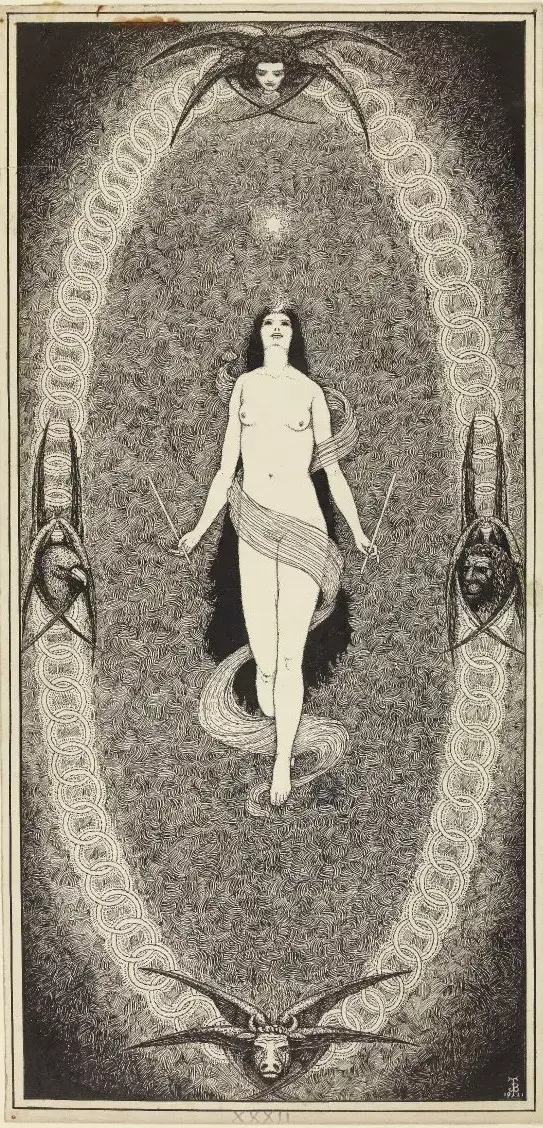A Few Ways of Working with Tarot

Editor's Note: This is a revised version of the post originally titled "The Depths of Tarot" published on Visionary Roads. I've re-framed the content as "approaches" rather than using the metaphor of "layers" in an attempt at more clarity. The original article has since been removed.
Tarot works with living images: While there may be printed or painted representations of these images, there is a life and shifting personality behind these representations. That is, an "image" may include but goes beyond the "picture". An image can be either sign or symbol, or both; it is not limited to sight and may include sound, taste, touch, any or all the senses.
In learning to work with tarot, and as a creature that is constantly seeking patterns and correspondences, I've found a few different approaches in engaging these images. Each is enriching, not mutually exclusive, and may be utilized in any particular reading or working. This list is certainly not exhaustive, but I feel it covers a large swath of the way tarot is used today.
The first approach uses particular meanings defined for each of the cards: The Fool means folly, the Sun means happiness, the Two of Cups means love, etc. This approach is one of the most widely used. It is (anecdotally) likely the first approach most take to tarot because of the ubiquity of the Little White Book (LWB) found in nearly every deck that teaches one how to use the deck. To supplement the LWBs, there are a plethora of full-sized books on the topic of tarot meanings, and online tarot "dictionaries" (including the one on this site). This approach can be a helpful place to start for one just beginning to study tarot as it provides a more rigid structure for getting familiar with a set of images, and a place to expand one's current associations.
Much like dream dictionaries, tarot definitions are one person's or one organization's set of interpretations at a certain point in time and within their framework of thought.
However, this approach can become quite limited in its application if one rigidly sticks with the definitions of a card and uses only those definitions. Even where there are multiple possible definitions listed and things are a little grey and "slushy" , the slushy meanings are still somewhat frozen and fixed. Much like dream dictionaries, tarot definitions are one person's or one organization's set of interpretations at a certain point in time and within their framework of thought. While the images (much like some dream images) may tap into cultural stories and myths that are widely recognized, tarot images do not always conform to a standardized definition when attempting to speak about a complex topic or a particular situation. Context is key.
The defined meaning approach can potentially ignore seeing tarot as living images whose meanings change from person to person, from situation to situation. Meaning is ultimately personal, and if a standardized definition doesn't speak to one personally for a particular situation, it can have little meaning. The Sun may be happiness in one situation, but may try to be telling of the joy of the release from physical life and entering a light-filled realm in another. As tarot images can tap into shared stories, though, it is good to keep aware and be willing to do research on what others have experienced—just don’t take any one interpretation as set in stone (or ink).
Another approach is the personal or what might be called the psychological. This often works in tandem with defined meanings as a way to access the images as living forces. Tarot can elicit all sorts of feelings and perceptions depending on the history and structure of the person viewing it. Much like a Rorschach (ink blot) test, different people will see different patterns and symbols in a card depending on their personal psyche. Stepping beyond the standard "outer" definitions given by others, here is the “inner” personal meaning based on direct experience. Tarot becomes a mirror to reflect the personal psyche, the sub- and un-conscious in a psychological sense. It is a tool for consciously exploring deep structures and activity that the reader may not normally be conscious of.
It is this approach that I think has played a large part in the explosion of tarot decks over the last forty years: Tarot has provided a structure or framework to represent all manner of personal images while associating them with standard definitions, bridging a gap between personal meaning and a sense of something outside or larger than oneself. It is also why so many people who begin to study tarot seek to find a deck that “works for them” or “speaks to them”—that is, they search for a deck that speaks an imaginal language compatible with their personal psyche, where the images are meaningful to them in some way.
It is with the personal approach that one can more easily see the images as having “personalities” and interacting with them as such, similar to Jungian archetypes. Just like interacting with a human being, one sees that a particular card may not have a set meaning, but it may have a kind of disposition. A card is not always happy, or sad or angry, lofty or banal, but has different characteristics on different days and in interacting with different cards and different readers. Just as interacting with certain people or being in a certain environment can bring out different traits in a person, so can a card have characteristics that come to the fore depending how it relates to its environment.
With the exception of extreme circumstances, however, people generally tend to interact in general sorts of ways—they have "scripts" or stories they play out given a set of circumstances. People have personality. Tarot is the same: Each image has a personality, one that goes beyond the picture. These personalities may be enhanced or obscured by an artist's representation of the image, and it may take some discernment and practice to separate an artist's intention and understanding from the underlying image. "Where" that image resides—within one's own psyche, a collective unconscious/soul, or in a realm separate from either of those—is a wonderful item for contemplation.
Just as interacting with certain people or being in a certain environment can bring out different traits in a person, so can a card have characteristics that come to the fore depending on how it relates to its environment.
This brings us to another approach that goes beyond the personal; in modern psychological language one might say the transpersonal. This is where the images of tarot become bridges for communicating with “energies and beings” that are not necessarily native to one's personal psyche. As embodied beings we are very focused with our extended senses such as sight, sound, taste, touch, smell, and kinesthetic senses. For someone wanting to communicate with something that is not fully represented by those senses, it is helpful to have a language that can bridge the gap between the sensory and non-sensory. As a symbol system with connections to shared cultural stories and images, as well as personal depths of psyche, tarot can act as a rudimentary language for such communication. This layer may be considered the beginnings of the "psychic" or "magical" aspects of tarot. One might use the card for Justice as a way to communicate with beings and forces connected to delivering justice in the world, a way to open dialog.
Another possibility takes a similar approach and allows tarot to be a sensory form and expression of those non-sensory energies and beings. In order for power to flow from the non-sensory to the sensory in such a way that it becomes useful beyond communication, it needs a sensory form or structure as well as intermediary bridges that engage the imagination; tarot can do both of these. Through cascading gateways of images that are sympathetic to one another, power flows from these non-sensory realms through the imagination and images to this one.
This is the same sort of flow one can feel during a powerful dream that seems to come from "elsewhere" and stays with one for some time. If images from such a dream take hold in this world—by either the dreamer actively creating a physical structure to give expression to the dream (like a painting), or synchronicity taking hold and the image manifests as an event in their life—the sources of the dreams can begin to act more strongly in this world. Similarly, tarot allows the source of power and communication a way to be in this world; it becomes a gateway or portal to allow (or close) the flow of power from inner realms and back again. While I have been working with this layer in an intuitive way for some time, it is a rather new exploration (within the last several years) to consciously engage tarot (and dreams) in this way.
Consider each of these approaches and how they might fit with your work with tarot. If there are other approaches not covered by those above that you would like to share, please do in the comments—let's help each other expand our love of tarot.
Image credit: British Museum, from the collection "Album of the Great Symbols of the Paths; illustrations to the Ritual of the most Holy Order of the Rosy and Golden Cross. 1917-21" #37. From A.E. Waite's second tarot created in collaboration with artists John B. Trinick and Wilfrid Pippet. The tarot was never published as a deck.

